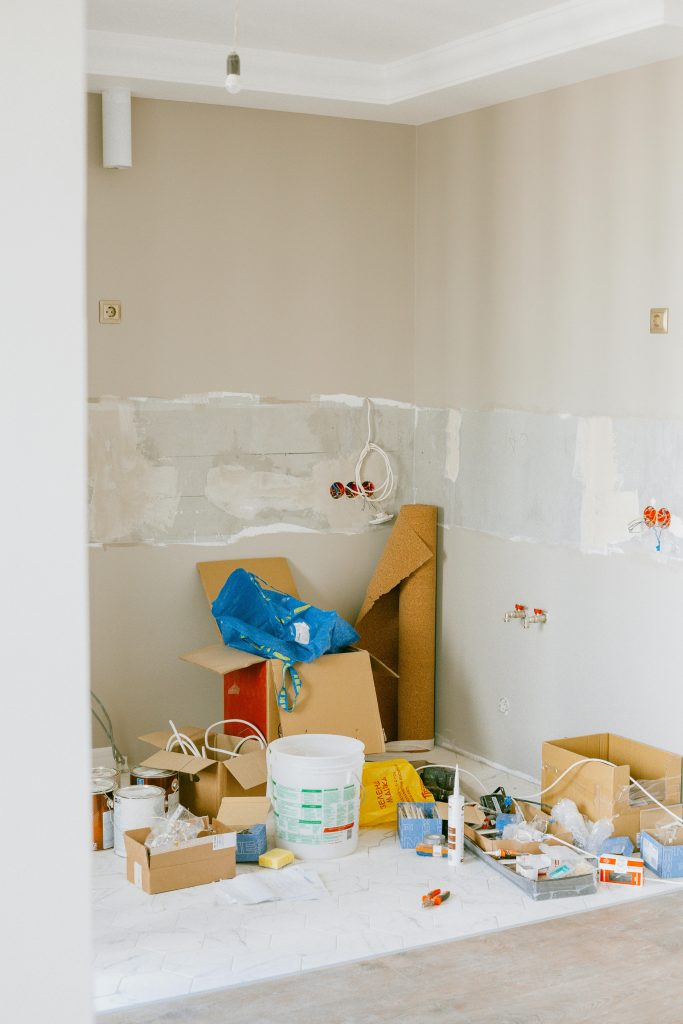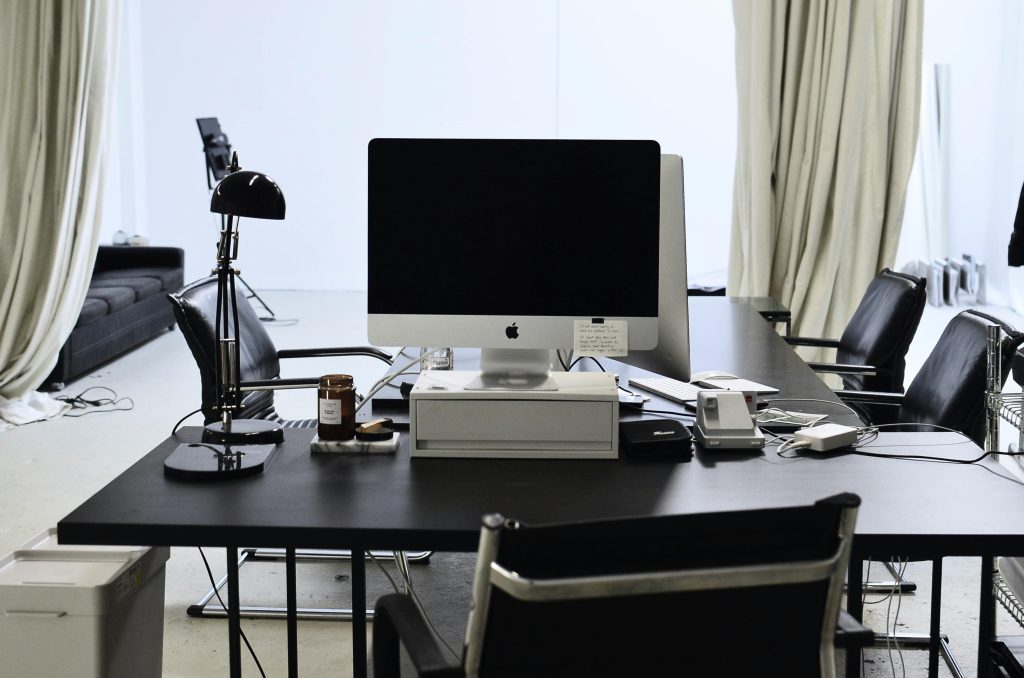Understanding and Resolving Error 0xc00000e After Hardware Upgrade in Windows
Upgrading hardware components on a Windows PC can enhance performance and storage capacity, but it also introduces potential pitfalls that may lead to system errors. One common issue encountered during such upgrades is the Windows error code 0xc00000e, which typically indicates a problem with boot configuration or missing system files. This article explores a real-world scenario of upgrading a hard drive, diagnosing the causes of this error, and outlining best practices to resolve it.
Case Overview
The user acquired a pre-owned PC with a 256GB HDD, intending to upgrade to a larger 2TB SSD. The process involved copying the existing drive’s partitions to the new SSD, configuring BIOS settings for boot priority, and attempting to set the SSD as the primary drive (C:). Initial signs of success appeared, with the system booting successfully several times. However, subsequent attempts to perform a factory reset and restart resulted in error 0xc00000e, preventing the system from booting properly.
Key Steps Taken
- Hardware Upgrade: Installed a 2TB SSD to replace the original 256GB HDD.
- Partition Cloning: Copied partitions from the old drive to the new SSD, making sure to replicate the partition structure precisely.
- Boot Configuration: Changed BIOS settings to prioritize the new SSD as the boot device.
- System Reset Attempt: Tried to reset Windows to factory settings, which failed during the preparation phase.
- System Shutdown & Restart: Encountered the 0xc00000e error upon restarting.
Potential Causes of the Error
The 0xc00000e error generally indicates that Windows cannot locate the boot configuration data or essential system files. In this scenario, several factors could contribute:
- Incorrect Boot Configuration Data (BCD): The cloning process might not have accurately replicated the BCD, leading Windows to look for boot files in the wrong location.
- System Recovery Partition Issues: Copying or modifying the recovery partition can disrupt its functionality, especially if it was not correctly configured afterward.
- Bootloader Misconfiguration: Changing the boot device without updating the bootloader can cause boot failure.
- Partition Alignment or Formatting Errors: Improper partition extension or partition misalignment can prevent Windows from booting correctly.
Best Practices for Resolution
To troubleshoot and resolve the error without relying on recovery media, consider the following
Share this content:



